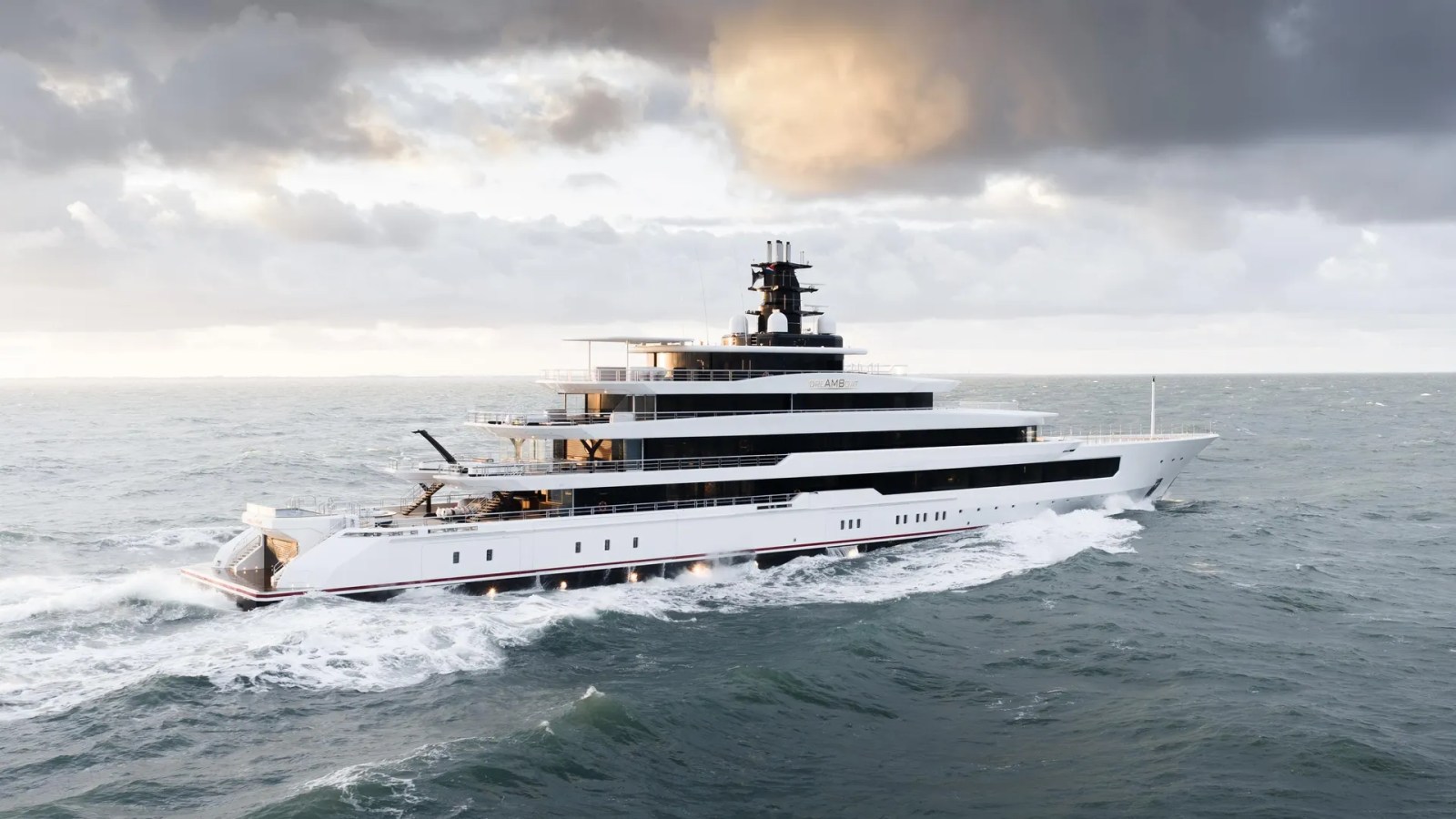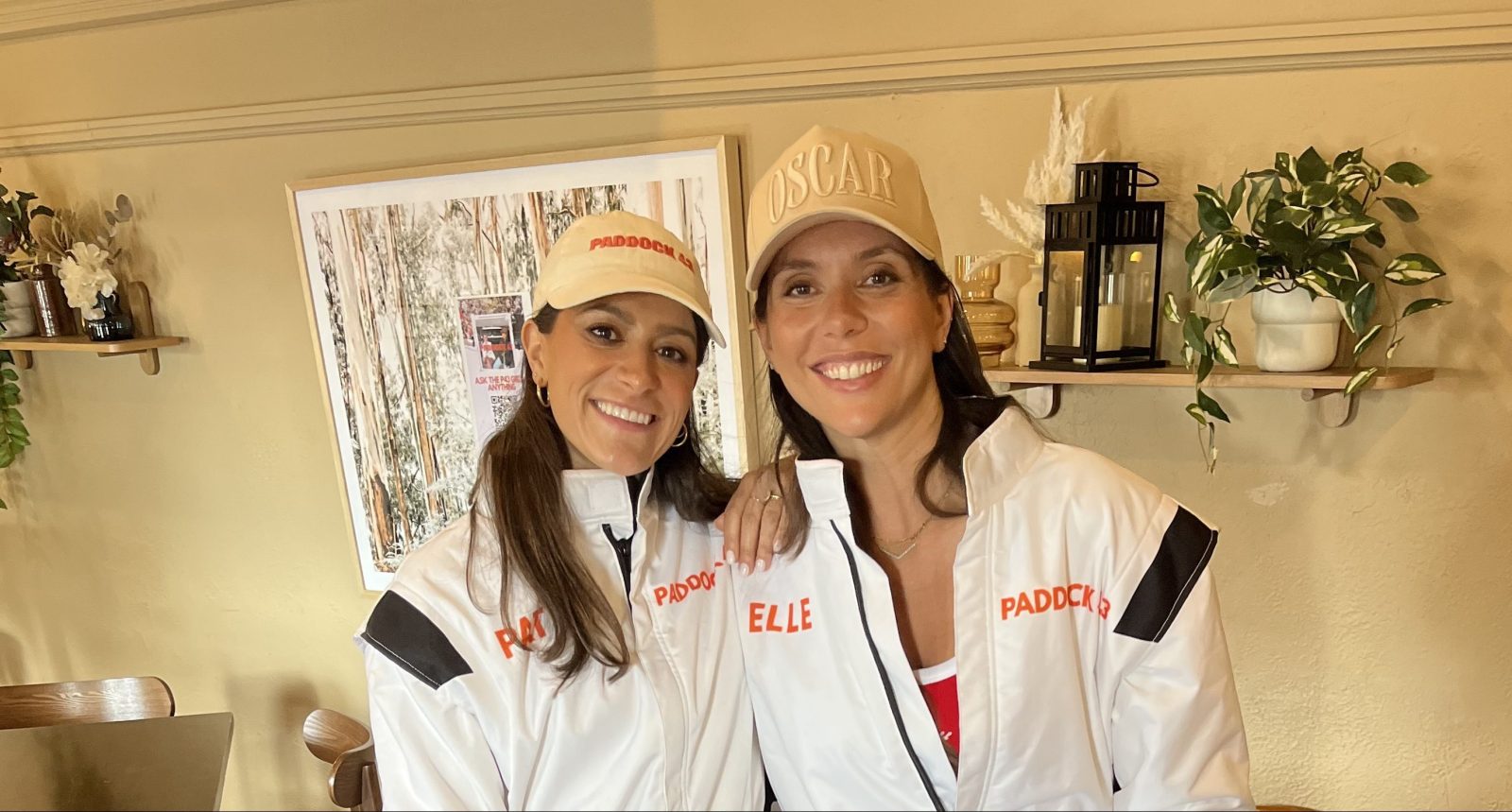Australians have never been more design-literate, says Charlie Hinckfuss, founder of one of the country’s most quietly influential furniture brands. The MCM House founder reflects on the evolving rhythm of Australian interiors, the enduring appeal of imperfection, and why restraint, tactility and balance are shaping the way we live now.
This story features in Issue 18 of Forbes Australia, out Monday. Tap here to secure your copy.
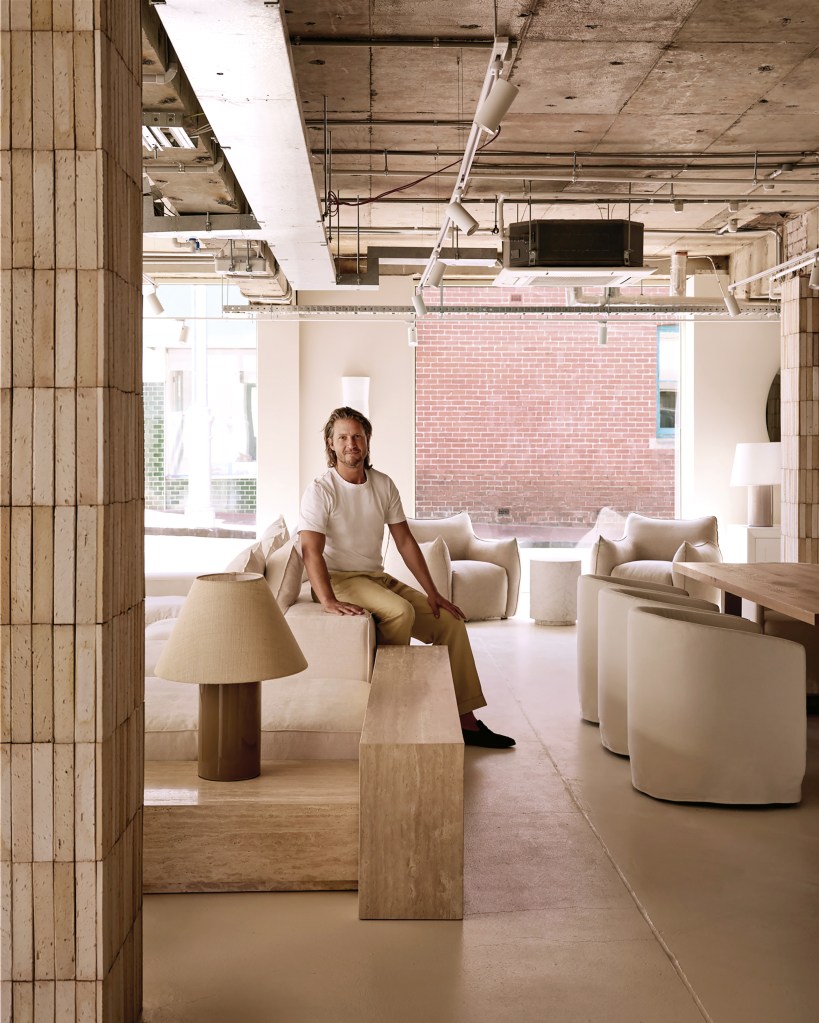
Fifteen years into MCM House, what do Australian homes want today that they didn’t in 2009?
Trends seem to move faster than ever now. The ability for everyone to scroll and develop a sense of style from their phone has really changed the way we decorate our homes. What I’m seeing lately is a shift toward more sophisticated sanctuaries. People want spaces that feel calm, comfortable, and personal – not just styled, but deeply considered.
Is there such a thing as a distinctly Australian aesthetic, or is it more of a mindset?
We’re a coastal nation, and most of the time, we tend to keep things more natural. A lot of Australian homes have been built with a larger, more open footprint, and that’s shaped how we live in them.
The result is a kind of aesthetic cohesion, not from having a lot of things, but from a sense of balance. We’re also in a time when it’s easier than ever to buy into a look, which means people are curating their style more intentionally.
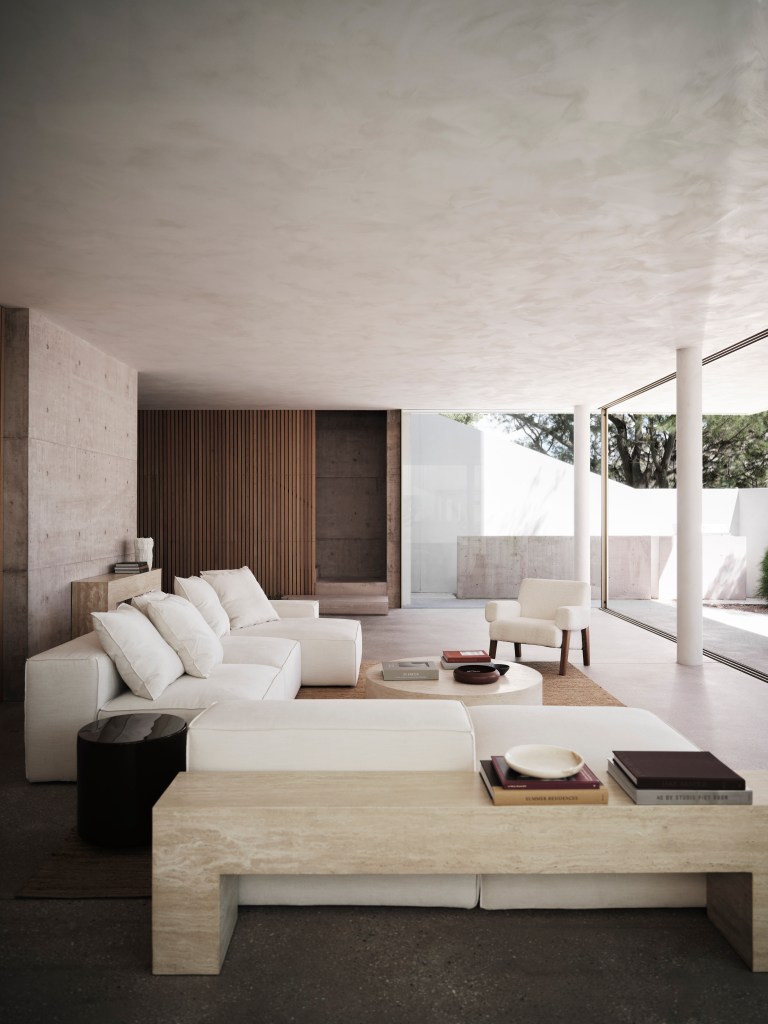
We seem to be in a moment where people want their spaces to feel softer, slower, more tactile. What’s driving that shift?
Health, fitness and well-being are really strong influences at the moment, and your home needs to lead that. It’s a long way from the heyday of New York and London in the 70s and 80s, when your house reflected a nightclub. Now it’s more about longevity. People want to live a long, healthy life, and your space needs to support that. It has to
bring balance.
There’s a lot of talk about “quiet luxury” in fashion. Are we seeing the same in interiors, or is it something else entirely?
I’ve always encouraged a level of luxury that’s not pretentious. It should feel natural. I think it’s important we keep life a little fun, too. There’s room for elegance and ease. They don’t need to
cancel each other out.
What are the Australian design trends you think will define the next couple of years?
Colour is hard to place, but I do see some darker tones starting to come back in. Whether patterns return will be interesting to watch. I think technology is going to play a big role. It’s so ingrained in our lives now, and it will continue to become more integrated into the way we
live and design our spaces.
You’ve always championed imperfection – wrinkled linen, uneven timber, lived-in scale. Why do you think people respond so strongly to that?
Imperfection is what makes us attractive. It’s the sign of a life that’s been lived. Of course, there’s a place for things that are clean and new, but when you see something with life’s scars, that’s where the beauty is. It tells a story.
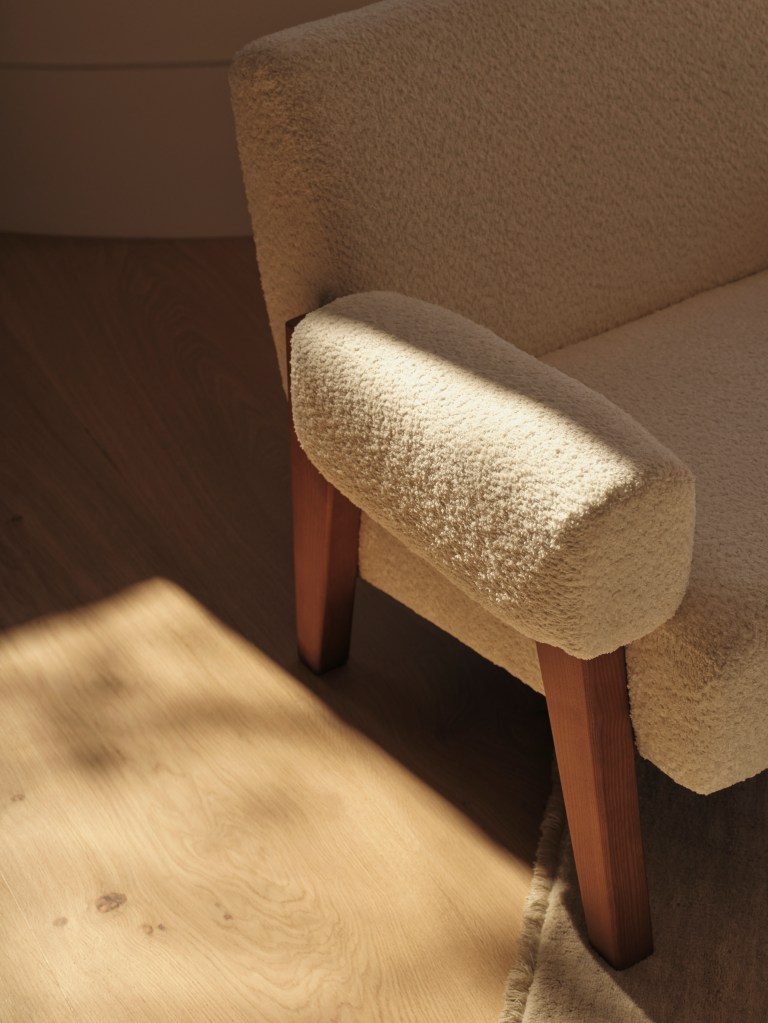
With the rise of design influencers on Instagram, does a more savvy audience make your job easier or harder?
Who knows! I’d say it’s made everyone more interested in interiors and more aware of what a space can do for your well-being. So maybe it’s made the job easier. The more people are thinking about how they live, the more they understand the value in getting it right.
You’ve worked with some of the country’s top restaurants and creatives. What do you learn from hospitality that people often miss in the home?
Design in hospitality has become so refined. It’s hard to remember a time when restaurants were just about a nice space. Especially in Australia, I think the spaces we’re creating are truly world-class. I’ve been lucky to work with some amazing operators and designers. The level of detail, the sense of experience – it’s something that’s starting to carry through into
homes as well.
You’ve made a career designing things for how people live. What’s something most people still get wrong about how they use their homes?
Balance and scale are key. You can have beautiful pieces, but if the proportions are off, it doesn’t work. The other thing is personality. A home should feel like somewhere you don’t want to leave. That sense of individuality is what makes a space feel special.
You’ve grown from one Paddington showroom to seven locations in three years. What unlocked that kind of scale so quickly?
Timing. When you feel the moment is right, you have to back it. If you’ve got the support of amazing staff and you trust the journey, it unlocks a lot. I’m really appreciative to have had the team to make it possible.
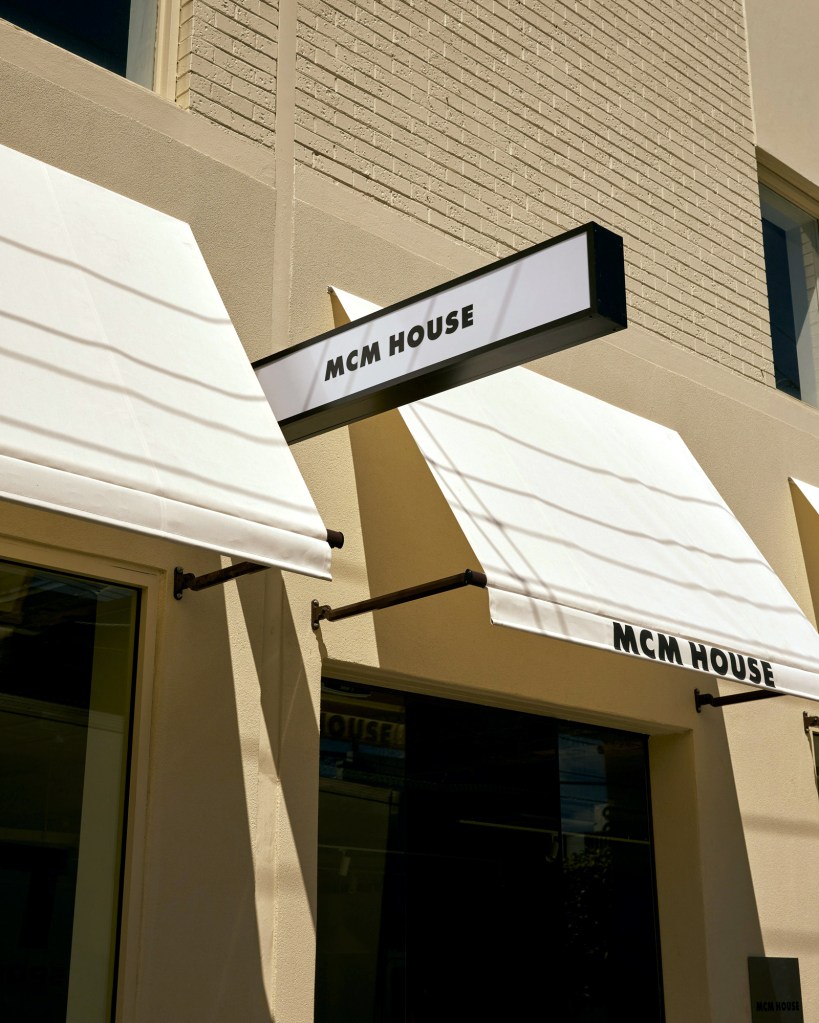
You’re launching a membership model – what does that look like in practice, and why bring it to market now?
As the brand and the product range continue to grow, it’s important that our customers feel connected. That they have access, not just to the pieces, but to the experience. LOYALTY is our way of giving something back to the people who’ve supported us. I wouldn’t be here without them, so it feels right that this becomes part of the story going forward.


